Abrasive blasting or sandblasting is the process of forcibly propelling a stream of abrasive materials against a surface under high pressure to smooth a rough surface, roughen a smooth surface, shape a surface or remove surface contaminants. The effect is similar to that of using sandpaper, but provides a more even finish with no problems at the corners.
This process is also known as Surface Preparation or Corrosion Control, and it is carried out in fabrication facilities and offshore and onshore oil projects to clean oil equipment and installations from rust and contaminants.
In this article, I will be highlighting the ten essential components that make up an abrasive blasting process as a system and why each component is important and cannot be done without.
The ten components of Abrasive blasting process include:
- Abrasive Blast pot
- Blasting helmet
- Blasting Coverall
- Blasting Nozzle
- Dead-man control switch
- CPF (Air filter unit)
- Blasting hose
- Breathing hose
- Dead-man hose
- Blasting hand glove.
Abrasive Blast Pot
This is the main component of a blasting system that controls and holds the grit or sand used when abrasion is required. It is used in sand and grit blasting processes to facilitate surface preparation for coating and painting purposes. It is also an ideal equipment for the removal of paints and rust from the substrates.
Blasting Helmet
Blasting helmet provides safety to blast operators from dust, sand, shot and protect breathing during the process of blasting. The blasting helmet is a very efficient product which comprises of a head suspension system to allow the device to move with the operator’s head, a view window with replacement lens or lens protection and an air-feed hose.
Blasting Coverall
Blasting coverall protects blasters from the hazards of abrasive blasting materials. Of all the personal protective equipment used in abrasive blasting, blasting coverall is very close to being the most important of all. Blasting coverall keeps the blasters safe, secure and comfortable during any hazardous process.
Blasting Nozzle
Blasting nozzle is a device that accelerates the air and an abrasive blasting mixture over a materials surface that exhibits pitting and needs repair and subsequent protection from corrosion. The air and abrasive mixture is discharged from the end of the hose through the blasting nozzle. An air blasting nozzle is made up of materials such as tungsten carbide, aluminium, boron carbide and silicon nitride that can withstand the force and pressure at the outlet tips nozzle while spraying pressurized air and abrasive at high velocity and pressure on an area with defects or corrosion.
Dead-man Control Switch
Dead-man control switch or handle are for the remote activation and deactivation of a sandblasting machine. These handles are fail-to-safe systems designed to stop blasting if the operator drops or loses control of the handle.
CPF (Air filter unit)
CPF, also known as air filter unit is a device that removes moisture, oil and dirt particles from compressed air before it reaches your respirator. This device provides breathable air in an immediately hazardous and dangerous to life or health atmosphere.
Blasting Hose
Blasting hose is an integral part of any abrasive blasting system. Blasting hoses is designed for supply of abrasive materials and is used in jet engines and installations blast cleaning surfaces.
Breathing Hose
Breathing hose also known as air-line is a tube or hose that contains and carries a compressed air supply from the air compressor or air tank to the blasters respirator
Dead-man Hose
Dead-man hose or twin air-line is a tube that carries and contains compressed air supply from the air compressor or air tank to the sand pots dead-man unit and switch.
Blasting Hand gloves
Due to the hazardous nature of abrasive blasting, blasters put on hand glove to protect them from abrasive materials that may harm or hurt their hands, hence the need to wear hand gloves during abrasive blasting processes.
Abrasive blasting uses all the components to strip imperfections, paint, rust and other contaminants from a surface. It’s an important step in surface coating preparations as it cleans a substrate and create a surface that will hold a protective coating. Blasting takes the place of more labor intensive cleaning methods like wire brushing or sanding and can speed up the surface preparation process by up to 75%. Abrasive blasting is generally the most suitable and reliable method of obtaining a visually clean surface and a satisfactory surface profile.
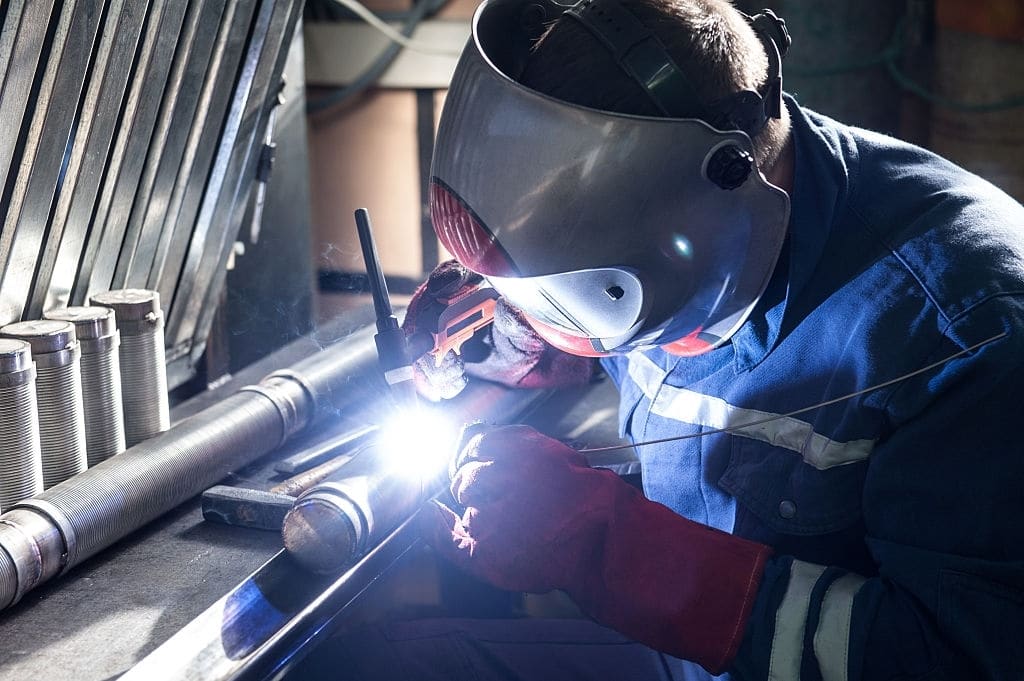
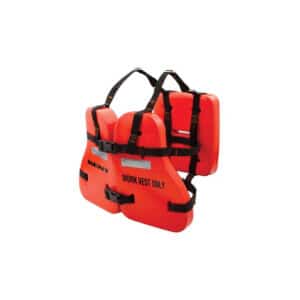

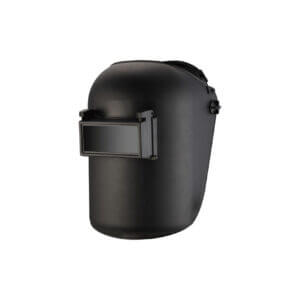
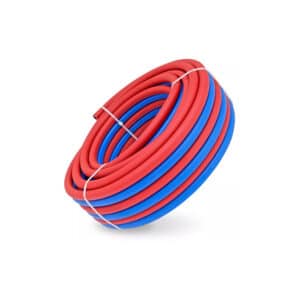
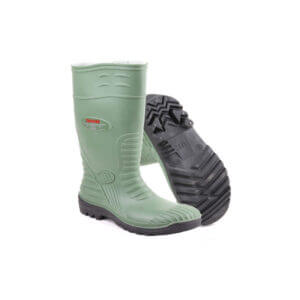
Hi, this is a comment.
To get started with moderating, editing, and deleting comments, please visit the Comments screen in the dashboard.
Commenter avatars come from Gravatar.